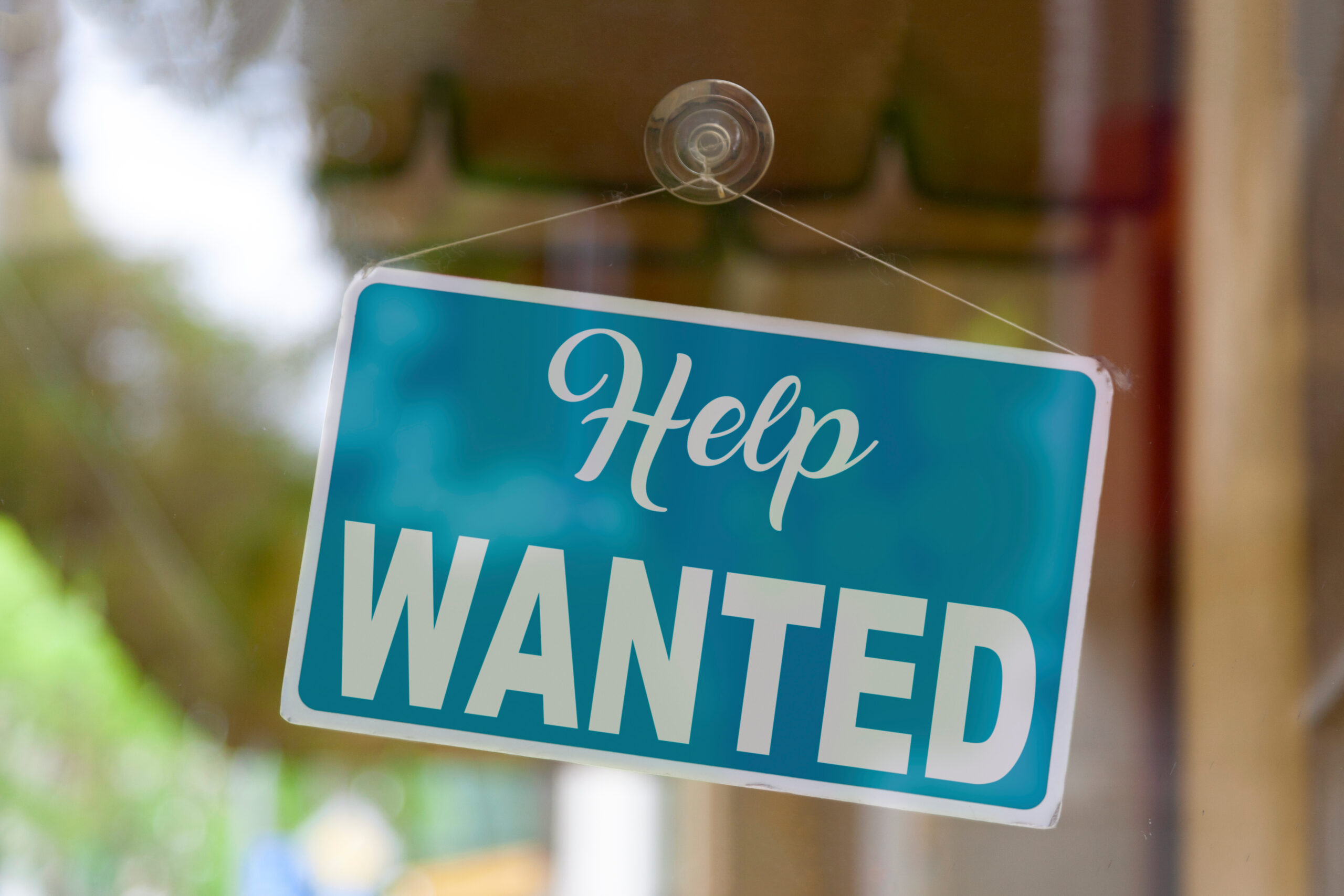News • Jun 25 2025

news • Apr 11 2023

news • Apr 11 2023
“Sorry, we’re closed due to lack of staff.” It’s a sign you’ve probably seen taped on store entrances or splashed across social media. Certainly, the glaring labor shortage in America is a significant problem. Companies are avidly competing for candidates, and several industries are struggling to keep up with customer demands. Back in January, Federal Reserve Chairman Jerome Powell said that about 3.5 million employees are “missing” from the workforce.” This has led to a dialogue that encourages a false narrative, stating that “nobody wants to work anymore.”
However, there’s so much more that goes into the current labor shortage that’s left out of the conversation. In response to these challenges of being understaffed, companies are forced to pivot. In a time of significant confusion, businesses have found a way to design and construct spaces with the labor shortage in mind. From the hospitality and healthcare industries all the way to construction and retail, organizations have reached a new frontier that emphasizes creativity and technology to envision spaces in a new way.
Across industries, the worker shortage is having significant effects. The US healthcare industry is facing a significant shortage of staff, particularly when it comes to doctors and nurses. This is a population that has seen significant blows in recent years: An investigation by KHN and The Guardian revealed more than 3,600 health workers in the US died during the first year of the pandemic. Now facing a shortfall of about 450,000 nurses and 120,000 doctors in the coming years, and 100,000 dentists now, hospitals are dealing with higher wait times, forcing patients to sit around in emergency rooms.
The trend is similar in the hospitality industry, where more than 9 out of 10 hotels are unable to fill vacancies. The same goes for restaurants. In Massachusetts, a recent survey found that 69% of restaurant operators need more employees to support existing customer demand, and 82% say their restaurant currently has job openings that are hard to fill. Similarly, the retail industry, which is also known for paying low wages, hasn’t attracted tons of prospective employees.
The construction industry is also struggling with a worker shortage. It has affected the business in a variety of ways, including major delays in material deliveries, increased labor costs, and project timelines that had to be pushed back by 20 to 25 percent. Projects are also being scaled back due to predictions that the situation will only intensify.
Sometimes the most creative of ideas rise from the most challenging periods.
Throughout the pandemic, businesses were forced to pivot overnight. Since then, the food industry has dealt with the worker shortage by embracing new systems, such as eliminating order entry with self-service terminal kiosks or redesigning takeout areas. Whether it’s an organized packing area that’s next to the pickup area in order to minimize steps, or the design of a dish room that reduces loading and unloading of dishes, experts suggest the restaurant industry could streamline their process by implementing new systems.
As we previously stated, the medical industry is seriously understaffed. However, a reimagination of the emergency room system could be helpful for workers. In a recent post, we discussed the redesign of the hospital at UPenn, where designers and clinicians devised a way to optimize the space. They moved from an assembly line-style system to having doctors evaluate each person as they arrive, then sending them to designated areas that cater to their specific needs. There are similar implementations of healthcare design in the works across the country, and experts suggest this new approach will have an increased focus on staff safety and wellness.
Maybe you’ve seen Marty the Robot rolling through your local Stop & Shop aisles, identifying spills and debris in the aisles. That’s a prime example of a business making use of AI, or artificial intelligence, to supplement a lack of employees. Across industries, companies are relying on automation to streamline their operations, and manage responsibilities that previously went to human employees. As direct-to-consumer brands rapidly expand to brick-and-mortar storefronts, AI is seen as a means to deal with worker shortage while also functioning in tandem with a strategically-designed space.
The labor shortage isn’t something that will be wrapped up and completed anytime soon. In fact, experts suggest it will intensify in the next five to six years. But that doesn’t mean organizations lack the inability to deal with it. Like many things, the best way to deal is through proper adaptation. Whether it’s expanding into factory-based construction or leaning into installing self-service kiosks, companies recognize that being on the forefront of innovation is a way to not only survive, but thrive. By taking a comprehensive look at the way they design their spaces, they’re preparing for the future wholeheartedly.
News • Jun 25 2025
News • Jun 10 2025
Generis Collective can be your single point of contact for all your property development needs- providing leadership across every stage of your project and managing all moving parts. Let’s connect and start transforming your guest experience.